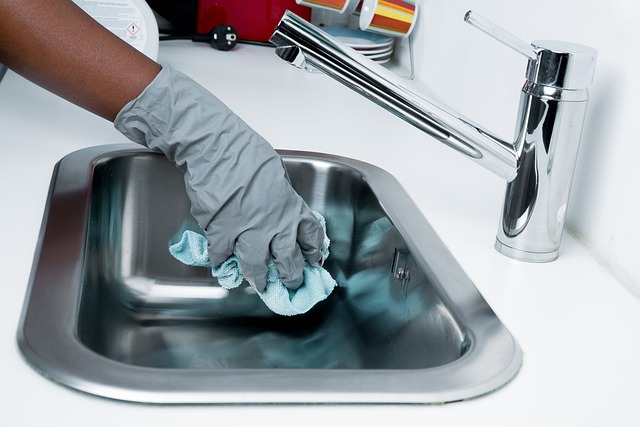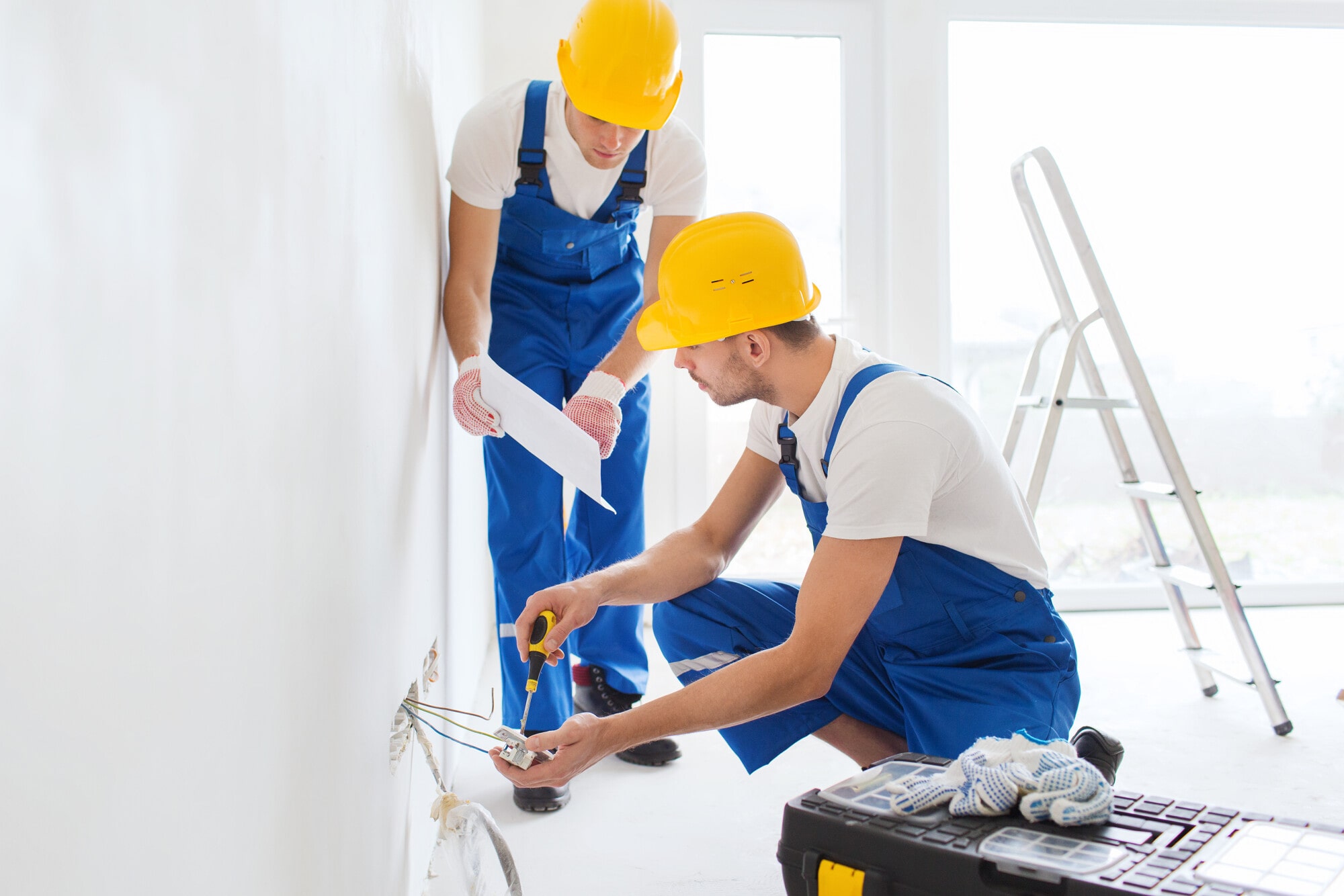Guidelines for Managing Plumbing Issues in Rental Properties
Guidelines for Managing Plumbing Issues in Rental Properties
Blog Article
Just how do you feel with regards to How to Handle Plumbing Issues in Your Rental Property?

Handling pipes issues in rental residential properties efficiently is vital for maintaining renter contentment and preserving the residential property's worth. Whether you're a property owner or a residential property manager, understanding just how to address these typical issues can conserve you money and time while ensuring compliance with lawful duties. Here's a step-by-step guide on exactly how to manage pipes issues in rental residential or commercial properties.
Paper Every little thing
Maintain detailed records of all reported plumbing problems and the activities required to settle them. Documents should include dates, descriptions of the problem, communication with renters, and receipts from specialists or plumbing professionals. This details can be crucial for insurance claims, tax reductions, and lawful protection.
Use Qualified Professionals
Always use licensed and insured professionals for significant plumbing repairs and installments. This ensures that the job depends on code and can aid stay clear of obligation problems in case of mishaps or further damage. It also comforts lessees that fixings are being taken care of properly.
Develop Clear Communication
Encourage tenants to report any kind of pipes problems as soon as they occur. Provide numerous communication channels such as phone, e-mail, or a renter portal to make it very easy for them to connect. Trigger reactions to these records can protect against minor issues from escalating right into significant troubles.
Inform Tenants
Enlighten your occupants regarding what constitutes a pipes emergency and what does not. Provide standards on exactly how to handle small concerns themselves, such as using a plunger to unblock a bathroom. Additionally, notify them about what they need to avoid taking down drains to stop blockages, such as grease, coffee premises, and non-biodegradable items.
Normal Maintenance
Apply a routine upkeep routine for all plumbing systems in your leasing residential or commercial properties. Normal checks can assist recognize and solve issues like leakages, slow drains pipes, or corroded pipelines before they come to be serious. Take into consideration hiring a specialist plumbing to evaluate the homes each year or semi-annually.
Quick Reaction to Emergency Situations
Have a plan in place for replying to plumbing emergencies. This need to include having the get in touch with details of reputable pipes services that use 24/7 emergency situation repair work. Quick activity is essential to reduce damages in scenarios like burst pipes or extreme leakages.
Preventive Upgrades
Consider upgrading older pipes systems and components to more contemporary, effective versions. This can reduce the frequency and intensity of pipes issues and lower long-lasting upkeep prices. It's also a selling point for prospective occupants that value upgrades and modern-day features.
Renter Move-Out Inspections
Conduct complete pipes checks throughout move-out examinations to ensure that any problems are determined and attended to prior to a brand-new lessee moves in. This prevents disputes with new renters over pre-existing conditions and guarantees the residential property remains in leading problem.
Understand Legal Obligations
Understand your legal obligations relating to plumbing and general home maintenance. Many jurisdictions require landlords to ensure their residential or commercial properties are habitable and that all plumbing systems remain in good working order. Failing to attend to severe problems quickly can result in legal actions from lessees.
Lessee Repayments
If a plumbing issue requires prompt focus and the occupant fixes the issue by themselves, have a clear plan in place for reimbursing prices. Make certain lessees understand they ought to obtain previous approval for higher-cost repairs unless it's an outright emergency situation.
Conclusion
Handling pipes issues in rental properties calls for a positive approach and excellent communication with tenants. By remaining on top of maintenance, reacting immediately to emergencies, and making use of competent professionals, property managers can keep their buildings in exceptional condition and preserve good partnerships with lessees.
How to Handle Water Damage in a Rental Property
What is Water Damage?
Water damage is harm or destruction caused by water entering areas where it is not supposed to be. It can be caused by a variety of sources and can manifest in different ways. The most common examples of water damage include:
Leaking roof Plumbing leaks Appliance malfunctions Poor drainage Flooding Sewage backup Condensation Tenant negligence HVAC system issues Frozen pipes Is water damage dangerous?
Water damage itself is not inherently dangerous, but it can lead to various hazards and health risks if not promptly and properly addressed. The severity of these risks depends on the extent of the water damage, the source of the water, and how quickly it is mitigated.
Some potential dangers associated with water damage include structural damage, mold and bacterial growth, electrical hazards, water contamination, and pest infestations. In situations where mold and mildew have gone unaddressed, mold can start to develop within 24-48 hours of water exposure, and this can impose a serious health risk to tenants. In particular, mold spores and damp conditions can lead to respiratory issues and even make existing health problems worse, such as allergies, asthma, or immune disorders.
Water Damage in an Apartment - Who is Responsible?
If the water damage is caused by the tenant’s negligence, the tenant is responsible for the cost of repairs. If the water damage is caused by a defect in the property, the landlord is responsible for the cost of repairs. If the water damage is a result of natural causes, such as excessive rain, then the landlord is responsible, since the water intrusion likely occurred due to a defect in the property. Landlord Responsibility water damage in rental property
Since maintaining habitability is the landlord’s legal responsibility, landlords are responsible for any resulting structural damage caused by water damage. These structural damages may include damage to walls, roofs, ceilings, and flooring. If water damage has affected the rental property’s original structure, the landlord is responsible for repairing or replacing those materials. Therefore, landlords should have property insurance that covers the structural components of their rental property so that they can receive help with the costs of covered events.
Preventative measures can also help landlords avoid massive renovations. Preventative maintenance may include conducting regular inspections to identify and address potential water damage before it becomes a major and urgent problem.
If a landlord fails to meet their responsibilities regarding water damage, it can lead to legal disputes and potential liability. Tenants who believe their landlord is not addressing water damage issues in accordance with California law can seek legal advice or contact local housing authorities for assistance.
https://www.goodlifemgmt.com/blog/water-damage-in-a-rental-property/

I hope you enjoyed reading our excerpt about 10 Common Rental Property Repairs. Thanks for spending some time to read through our post. Are you aware of another individual who is interested in Plumbing Maintenance and Repair in your Rental Property? Do not hesitate to share it. Thanks for going through it.
Report this page